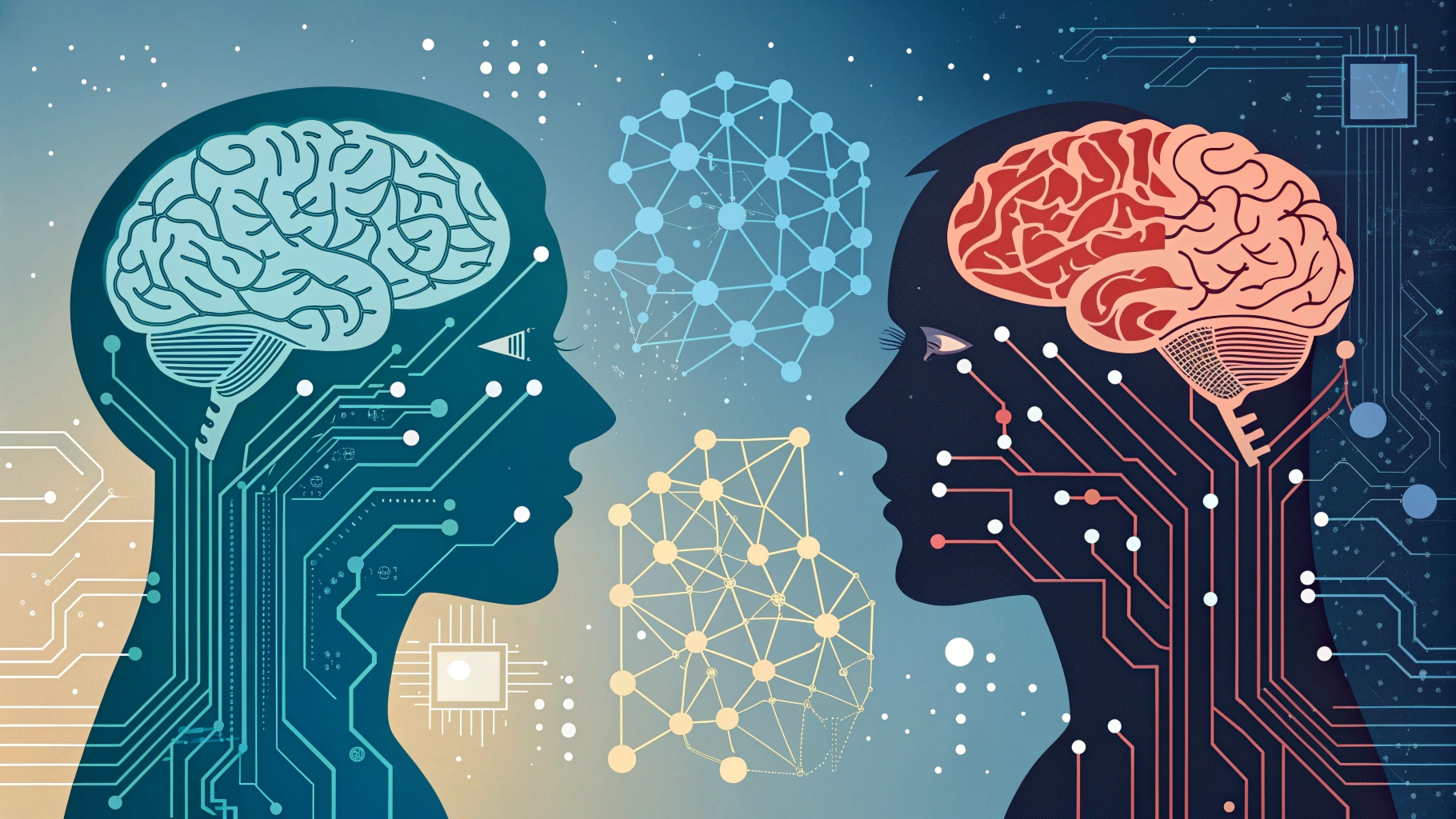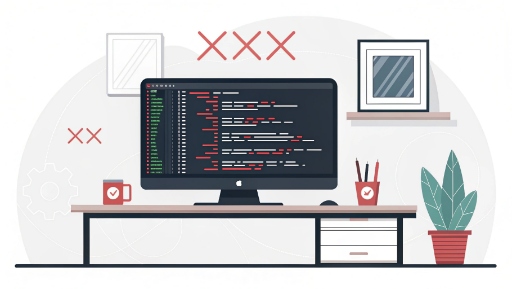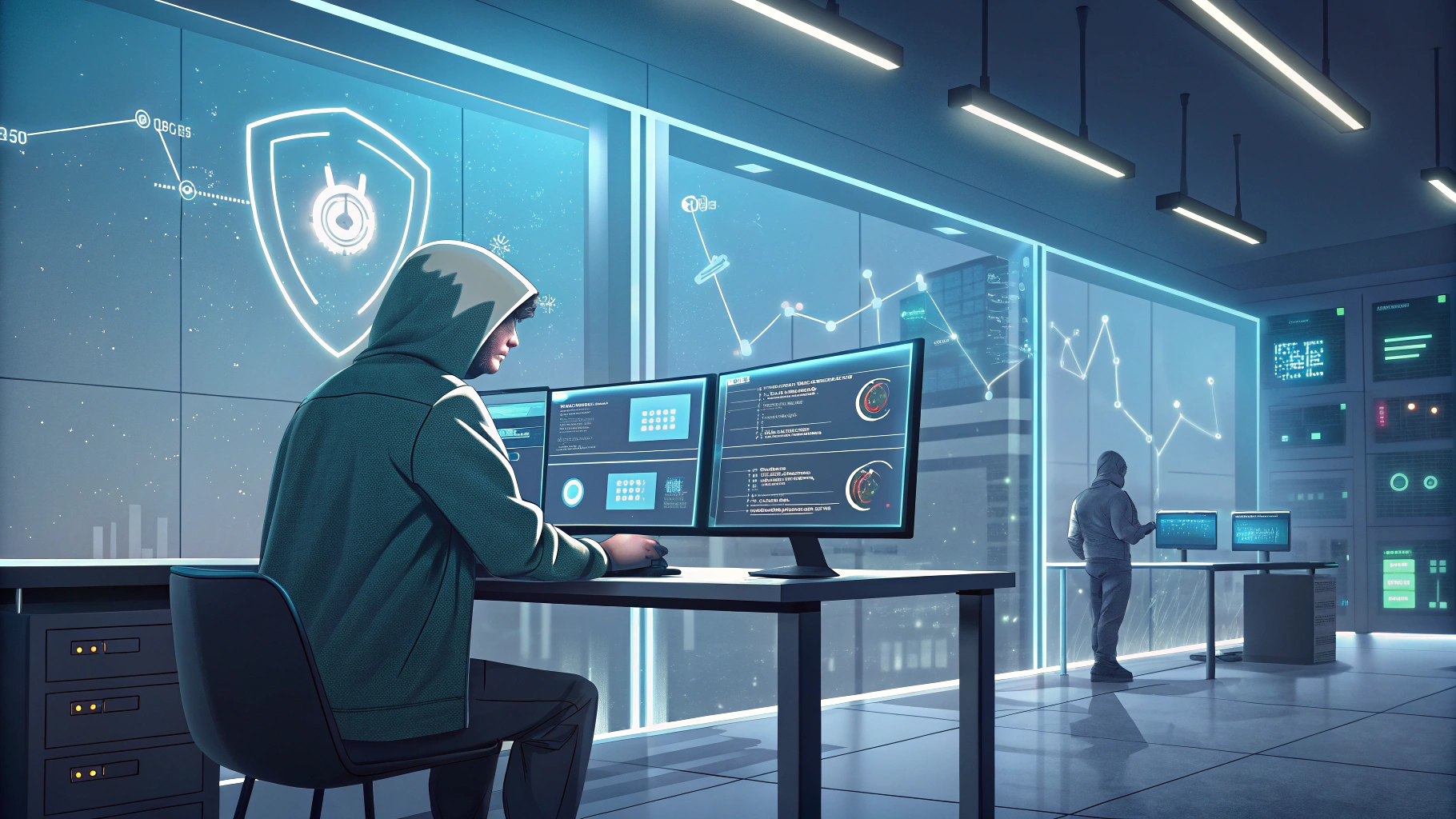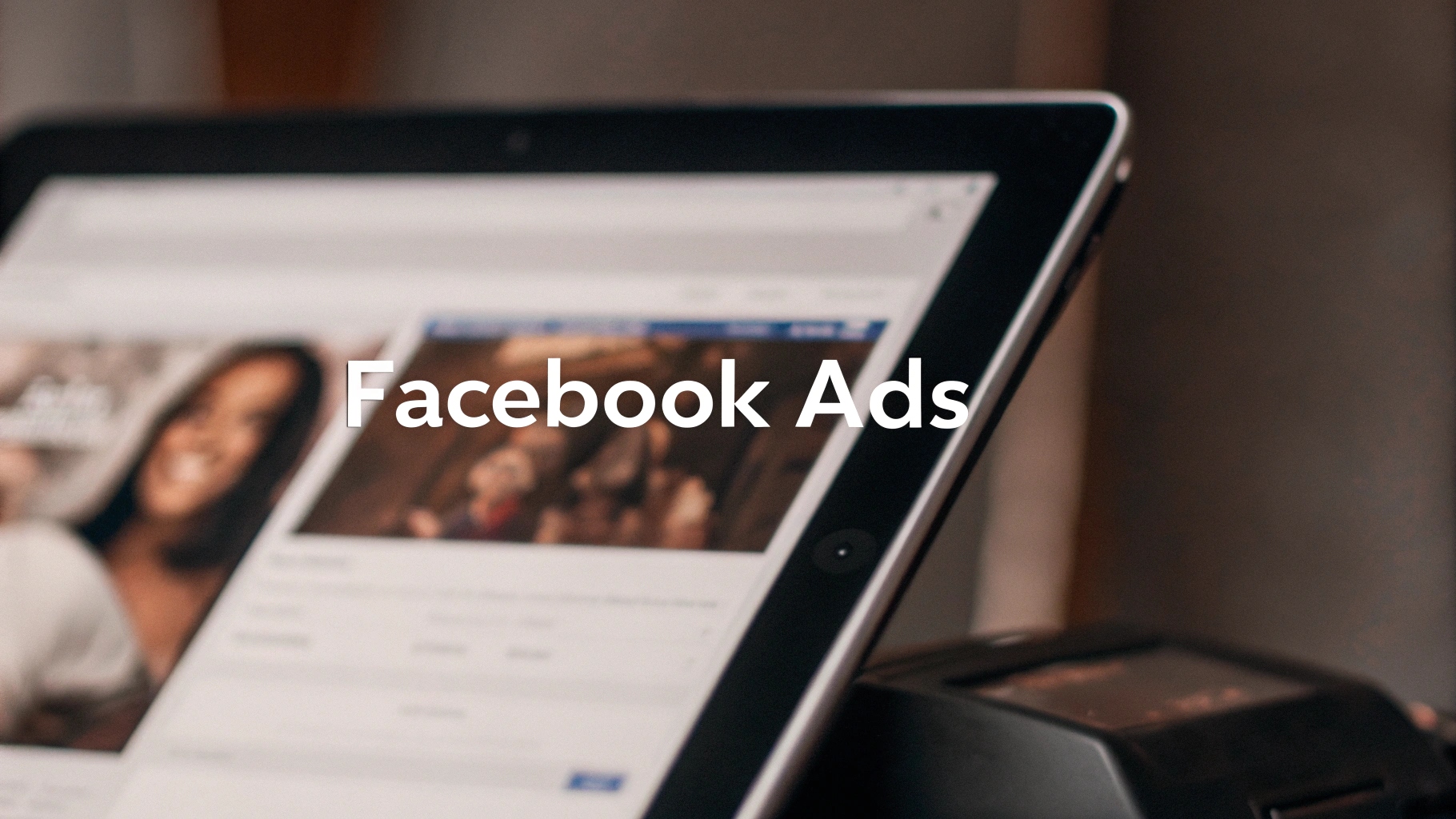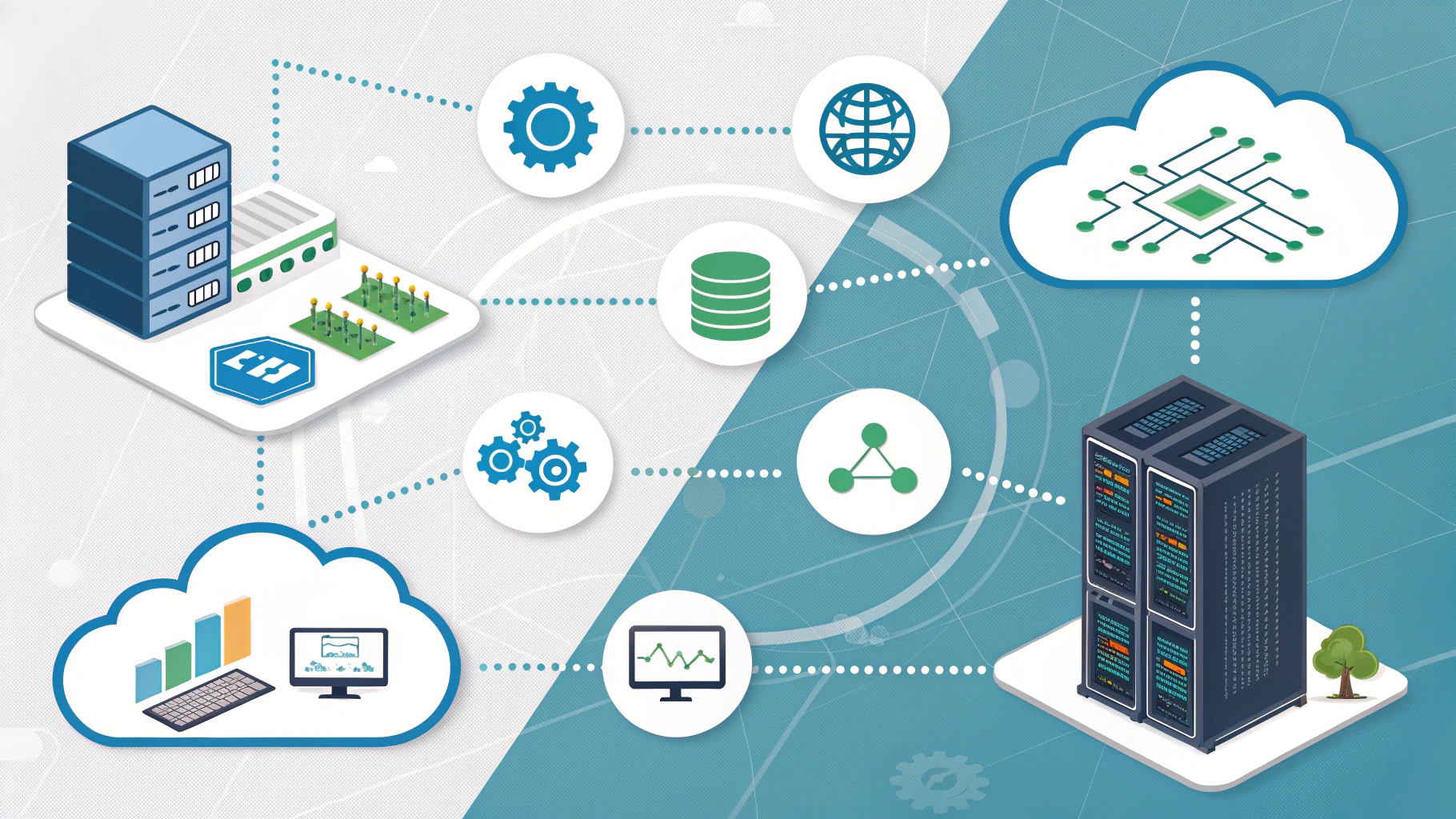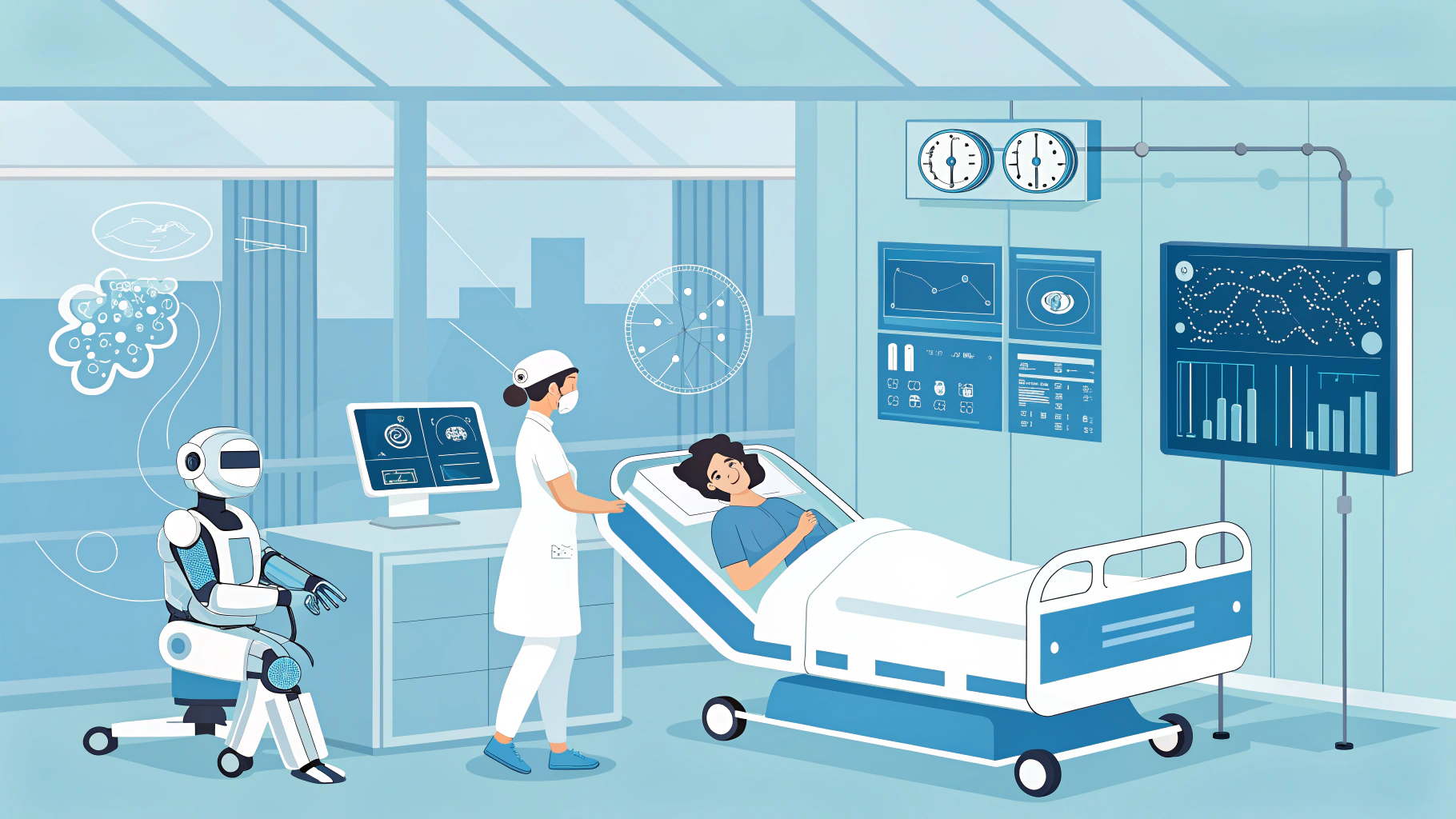Summary
Digital twin technology is an innovative concept where real-world systems or objects are mirrored digitally using real-time data from IoT devices. This allows industries to monitor, simulate, and optimize operations without disrupting actual processes. It’s widely used in smart factories to enable predictive maintenance, process automation, and quality control. Additionally, in the world of IoT simulation,It allow developers to test devices and behaviors before live deployment. As industries evolve with AI, 5G, and edge computing, digital twin technology is becoming a crucial tool in digital transformation strategies across manufacturing, healthcare, energy, and urban planning.
In today’s fast-paced digital world, digital twin technology is transforming how businesses simulate, predict, and optimize real-world systems. From manufacturing floors to smart cities, this innovative tech allows industries to create a virtual replica of a physical object or process to improve efficiency, performance, and decision-making.
But what exactly is digital twin technology, and why is it becoming essential in sectors like IoT simulation and smart factory development?
Let’s break it down.
Understanding Digital Twin Technology
A digital twin is a virtual model that mirrors a physical object, system, or process in real time. It uses data from sensors and IoT devices to update and simulate real-world behavior. This allows engineers, managers, and decision-makers to monitor, analyze, and optimize performance without interrupting actual operations.
Key Components of Digital Twin Technology:
- Real-time Data Collection: Through IoT devices and sensors.
- Advanced Analytics: Machine learning models process the incoming data.
- Visualization Tools: Enable easy interpretation and monitoring.
- Predictive Modeling: Forecasting outcomes based on historical and live data.
How Digital Twin Technology Works
Imagine a manufacturing plant using hundreds of machines to produce components. By applying twin technology, every machine has a digital counterpart that mirrors its real-time performance. Data like temperature, vibration, and output rates are continuously fed into the digital model via IoT sensors.
This allows plant managers to:
- Predict machine failures before they happen.
- Optimize production schedules.
- Reduce downtime and maintenance costs.
Digital Twin in Smart Factories
One of the biggest impacts of this technology is seen in the smart factory ecosystem. A smart factory integrates cyber-physical systems, automation, and real-time data to create a self-optimizing production environment.
Benefits in Smart Factories:
- Predictive Maintenance: Monitor equipment health in real-time to prevent breakdowns.
- Energy Optimization: Identify areas of energy waste and reduce costs.
- Quality Control: Track product quality across production lines.
- Process Automation: Automatically adjust workflows for better efficiency.
By deploying digital twins, manufacturers can test new configurations virtually before applying them on the factory floor. This reduces trial-and-error risks and leads to faster innovation cycles.
Digital Twin and IoT Simulation
The rise of the Internet of Things (IoT) has fueled the growth of this technology. In the world of IoT simulation, It serves as testing grounds for device behavior in dynamic environments.
Use Cases in IoT Simulation:
- Smart Homes: Simulate energy consumption patterns.
- Connected Vehicles: Model autonomous vehicle navigation.
- Healthcare Devices: Track patient vitals and device performance in real-time.
As digital this technology evolves, it often works hand-in-hand with emerging technologies like Edge AI. By processing data locally on devices rather than in centralized cloud servers, Edge AI enhances the responsiveness, especially in time-critical applications. To understand how this works in real-world systems, read our detailed guide on What is Edge AI and Why It Matters.
Real-World Applications of Digital Twin Technology
Digital twins are already in use across various sectors:
- Manufacturing: Bosch and Siemens use them to streamline production.
- Healthcare: Hospitals create Tech twins of patients to personalize treatments.
- Urban Planning: Smart cities use digital replicas for infrastructure planning and traffic flow analysis.
- Energy: Oil and gas companies simulate drilling operations to reduce environmental risk.
The Future of Digital Twin Technology
The market for this technology is expected to surpass $100 billion by 2030, driven by AI, 5G, and expanded IoT infrastructure. As more industries embrace digital transformation, This will become the backbone of operational intelligence and innovation.
We’re also seeing the emergence of cognitive twins—enhanced models that not only simulate but also learn from data to improve predictions and decision-making.
Key Takeaways
- Digital twin technology is revolutionizing how businesses operate and innovate.
- It’s a core component in the development of smart factories and advanced IoT simulations.
- By using real-time data and predictive analytics, digital twins improve efficiency, reduce costs, and drive smarter decision-making.
To explore a more technical and in-depth explanation of this technology, including its enterprise-level applications and architecture, check out IBM’s comprehensive guide on digital twins. As a global leader in digital innovation, IBM offers trusted insights into how this technology is transforming industries worldwide.
FAQs
1. What is digital twin technology in simple terms?
This is a virtual replica of a physical object or system that uses real-time data to simulate its performance, behaviors, and changes over time.
2. How is digital twin technology used in smart factories?
In smart factories, digital twins help monitor machinery, optimize production processes, and enable predictive maintenance by simulating equipment performance with real-time sensor data.
3. What role does IoT play in digital twin technology?
IoT devices collect and transmit data from physical assets, which is then used by digital twins to simulate and analyze real-time performance, making it crucial for accurate and dynamic digital modeling.
4. What industries use digital twin technology?
Industries like manufacturing, healthcare, energy, automotive, and urban development use digital twin technology for simulation, maintenance, diagnostics, and process optimization.

